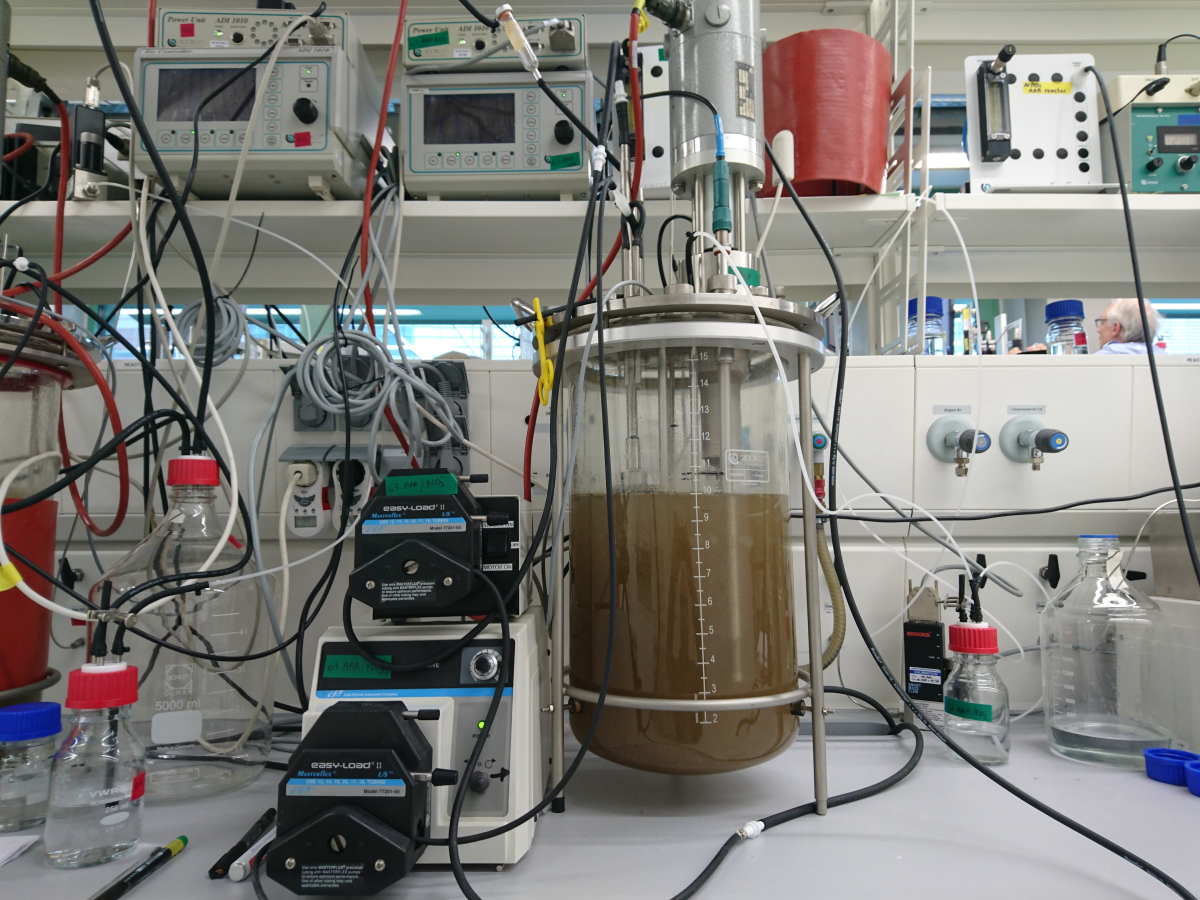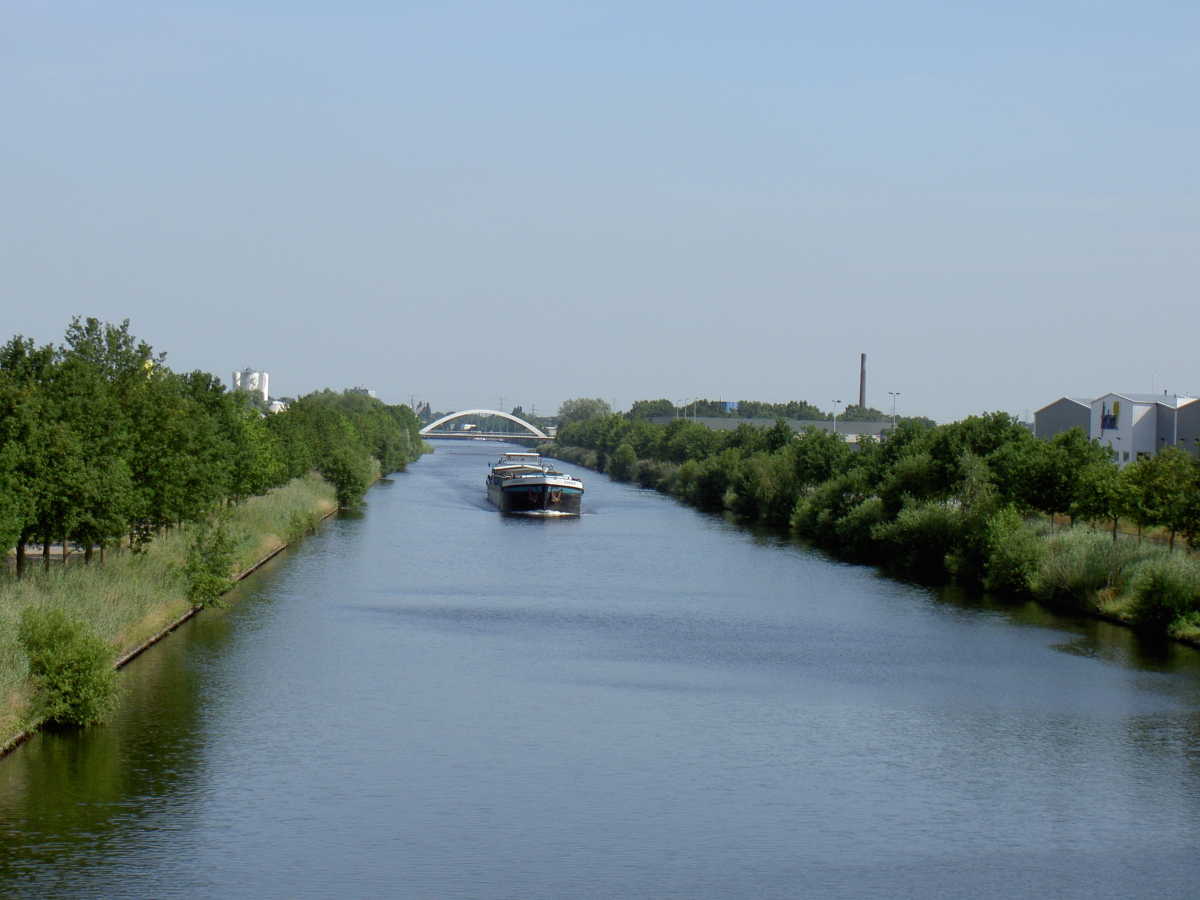- Press Office
- 24.10.2016 Microbe hunters discover long-sought...
24.10.2016 Microbe hunters discover long-sought-after iron-munching microbe
Microbe hunters discover long-sought-after iron-munching microbe
The balance between methane-producing and -consuming processes has a major effect on the worldwide emission of this strong greenhouse gas into our atmosphere. The team of microbiologists and biogeochemists now discovered an archaeon - the other branch of ancient prokaryotes besides bacteria – of the order Methanosarcinales that uses iron to convert methane into carbon dioxide. During that process, reduced iron become available to other bacteria. Consequently, the microorganism initiates an energy cascade influencing the iron and methane cycle and thus methane emissions, describe first authors Katharina Ettwig (Radboud University) and Baoli Zhu (Hemholtz Zentrum München) in the paper.
Application in wastewater treatment
Besides, these archaea have another trick up their sleeve. They can turn nitrate into ammonium: the favourite food of the famous anammox bacteria that turn ammonium into nitrogen gas without using oxygen. “This is relevant for wastewater treatment”, says Boran Kartal, a microbiologist who recently moved from Radboud University to the Max Planck Institute in Bremen. “A bioreactor containing anaerobic methane and ammonium oxidizing microorganisms can be used to simultaneously convert ammonium, methane and oxidized nitrogen in wastewater into harmless nitrogen gas and carbon dioxide, which has much lower global warming potential.” The same process could also be important in paddy fields, for example, which account for around one fifth of human-related emissions of methane.
Closer than expected
While there have been numerous indications that such iron-dependent methane oxidizers existed, researchers have never been able to isolate them. Surprisingly, they were right in front of our doorstep: “After years of searching, we found them in our own sample collection”, says microbiologist Mike Jetten of Radboud University with a smile. “We eventually discovered them in enrichment cultures from the Twentekanaal in The Netherlands that we’ve had in our lab for years.
Billions of years ago
Archaea catalyze iron-dependent anaerobic oxidation of methane
Katharina F. Ettwig, Baoli Zhu Daan R. Speth, Jan T. Keltjens, Mike S. M. Jetten, Boran Kartal
PNAS 2016
DOI: 10.1073/pnas.1609534113
Participating institutes
Radboud University, Institute for Water and Wetland Research, Nijmegen, The Netherlands
Helmholtz Zentrum München, Institute of Groundwater Ecology, 85764 Neuherberg, Germany California Institute of Technology, Division of Geological and Planetary Sciences, Pasadena, CA, USA
Max Planck Institute for Marine Microbiology, Microbial Physiology Group, Bremen, Germany
Please direct your queries to …
Dr. Boran Kartal
Phone: +498 421 2028 645
E-Mail: [Bitte aktivieren Sie Javascript]
or the press office
Dr. Fanni Aspetsberger
Dr. Manfred Schlösser
Phone: +49 421 2028 704
E-Mail: [Bitte aktivieren Sie Javascript]

